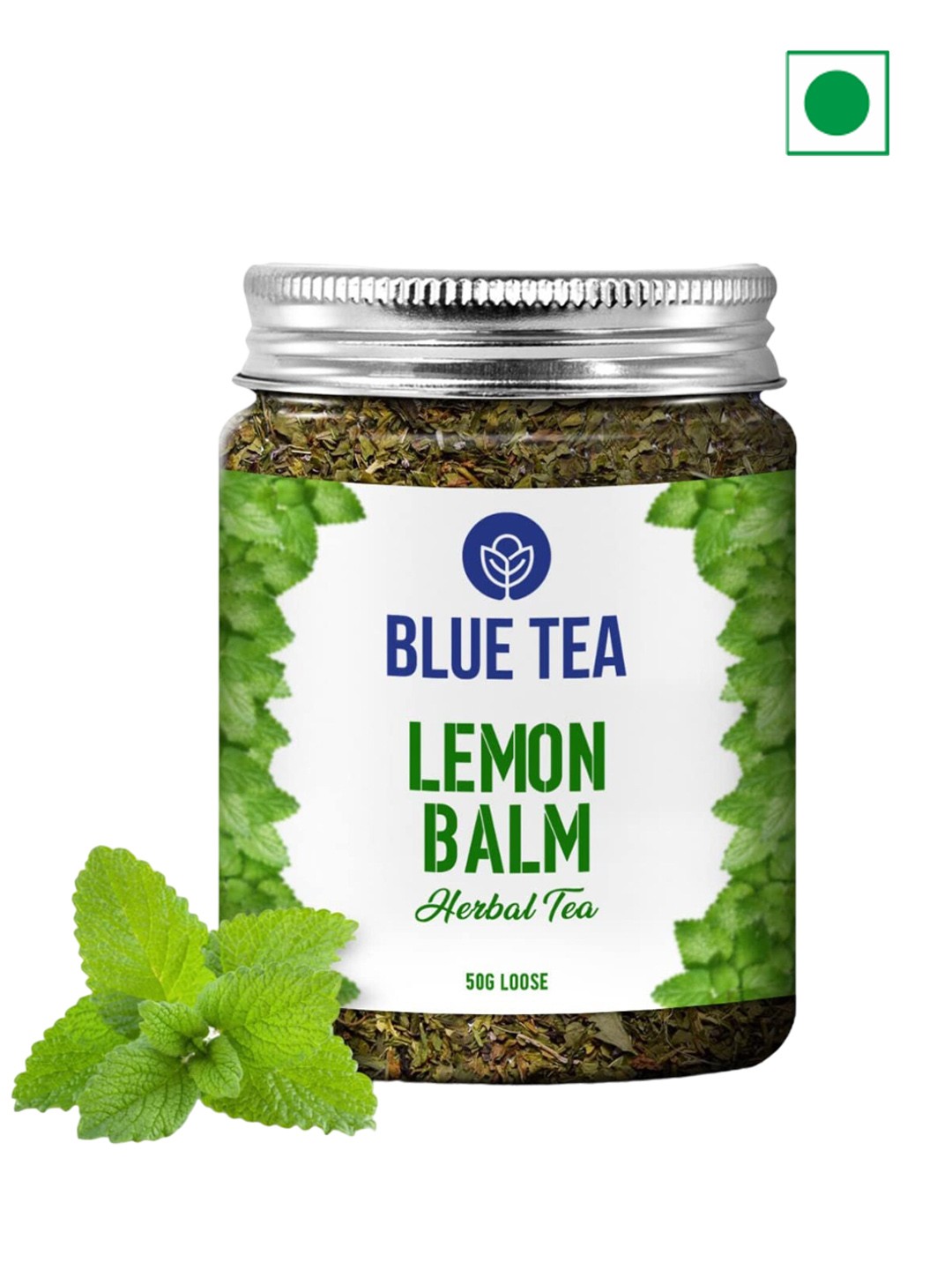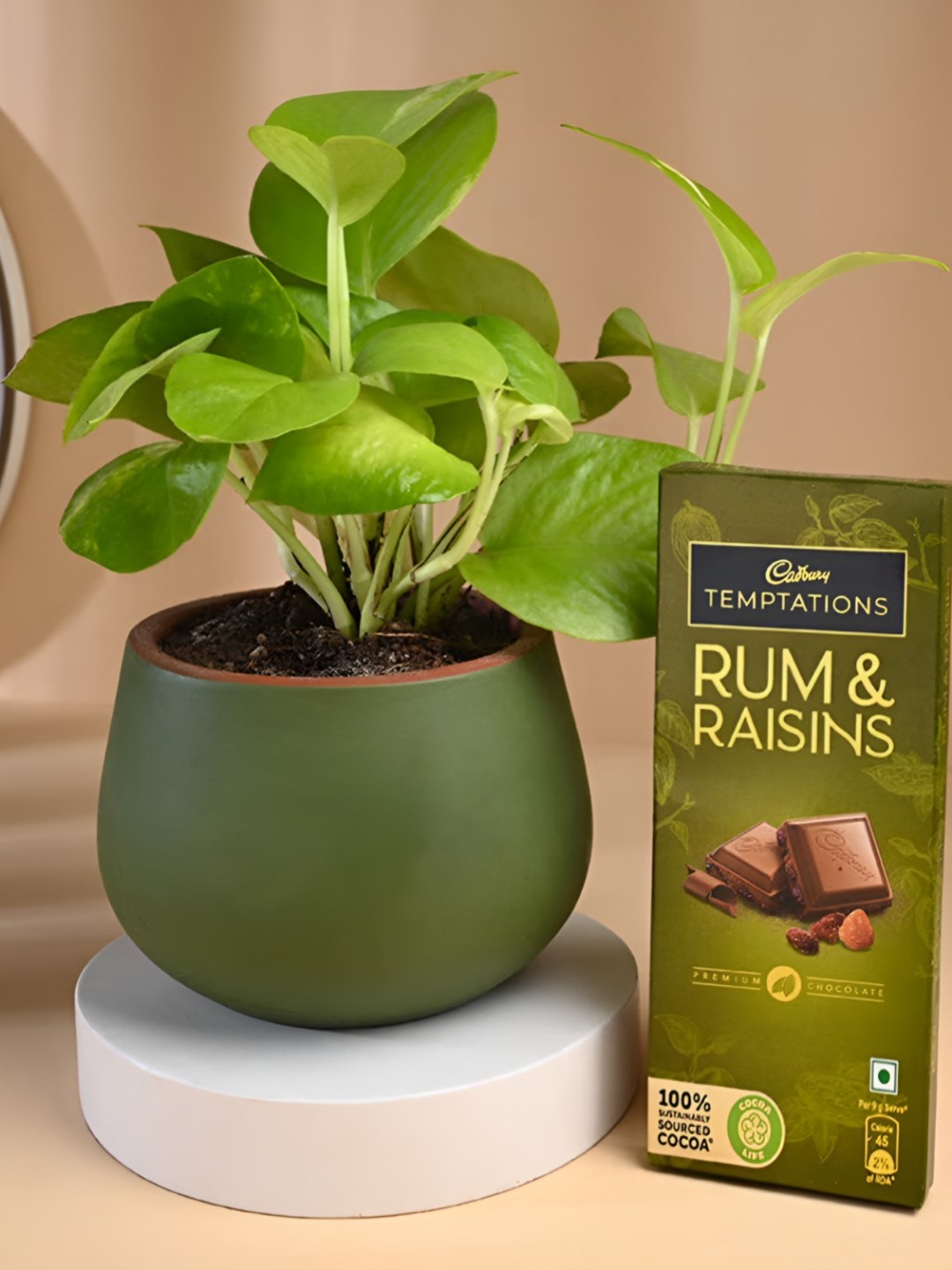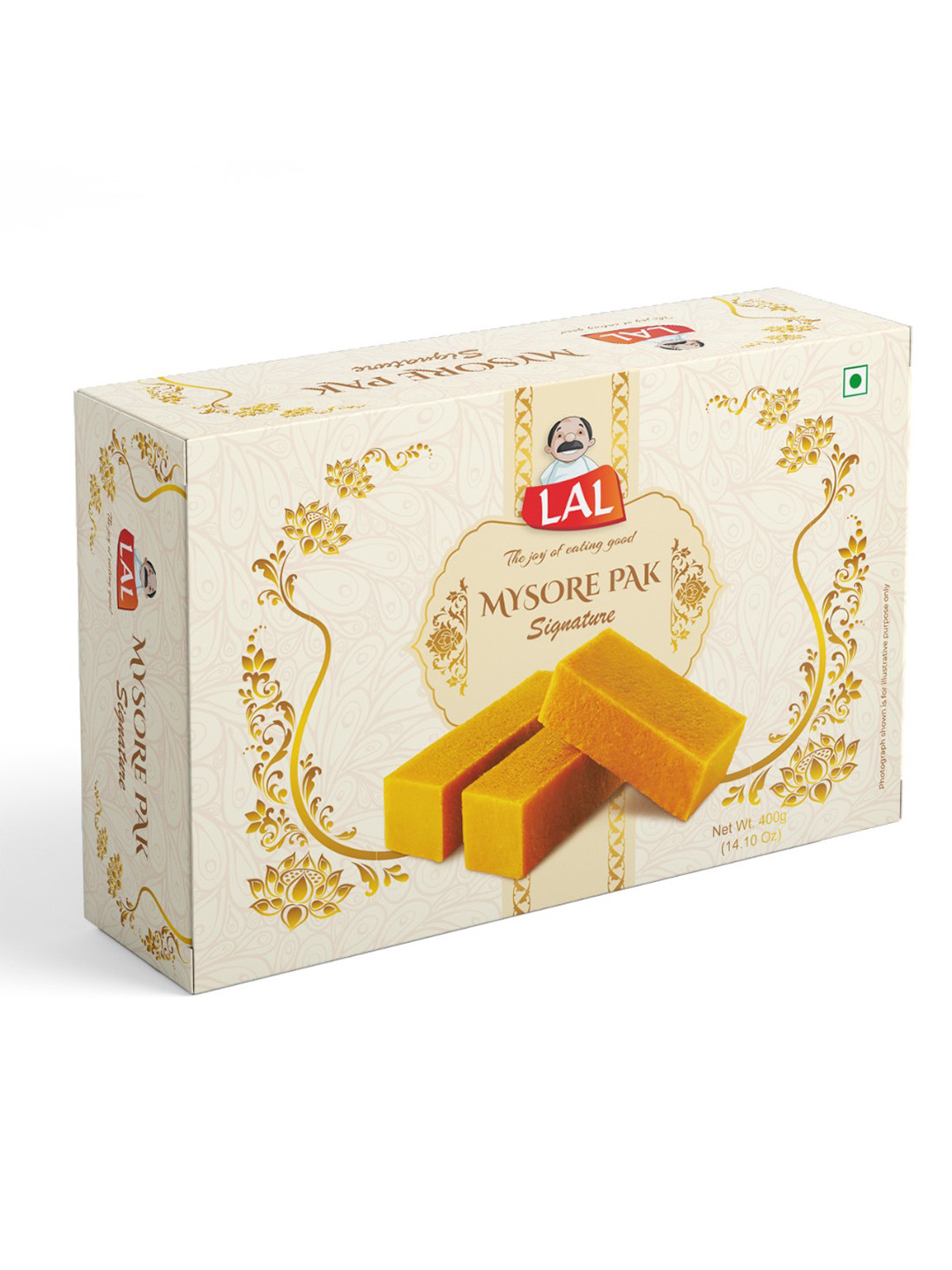Multigrain Atta vs Single Grain Atta: Which One Should You Choose And Why?
Confused between multigrain atta and single grain atta? Discover the key differences, nutritional benefits, pros and cons of each, and learn how to make the right choice for your health and lifestyle.

Both multigrain atta and single grain are packed with fibre and nutrients.
In most Indian households, atta is not just another ingredient, it is the base of everyday meals. From chapatis and parathas to pooris and dosas, the type of flour used determines not only the taste and texture but also the nutritional quality of what we eat. Traditionally, single grain atta, particularly wheat flour, has dominated kitchens. However, in recent years, multigrain atta has emerged as a popular alternative, marketed as the healthier and more balanced choice.

Soft wheat rotis can be made from both multi and single grain atta
Photo Credit: Pexels
This shift has left many consumers wondering: is multigrain atta truly better than single grain atta? Or does the traditional wheat-based option still hold its ground? To answer these questions, let us explore their key differences, nutritional benefits, and what to keep in mind before making a choice.
Also Read: Top 5 Pulses Deals: Your Guide To Affordable Dal For Indian Kitchens
Understanding Single Grain Atta
Single grain atta is made from just one type of grain. The most familiar example is wheat flour, which is widely consumed across India. But the category also includes rice flour, maize flour (makki ka atta), barley flour, and ragi flour, among others. The nutrient profile of each flour depends entirely on the grain it comes from.
For example, wheat atta is rich in carbohydrates and dietary fibre, making it filling and energising, while ragi is prized for its calcium and iron content. Rice flour, on the other hand, is light and easy to digest, which is why it is often recommended for people with sensitive stomachs. Although single grain atta provides some key nutrients, it cannot supply the wide range of vitamins and minerals that the body requires daily.
Understanding Multigrain Atta

Eating rotis are a healthy way for a balanced diet.
Photo Credit: Pexels
Multigrain atta, as the name suggests, is a blend of different grains. Most commercial versions combine wheat with a mix of oats, barley, soya, maize, ragi, and sometimes millets like jowar and bajra. The idea behind this blend is simple: to create flour that delivers the combined strengths of multiple grains in a single serving.
The texture of multigrain atta is usually coarser than plain wheat flour, and its flavour more complex. Nutritionally, it tends to be richer in protein, fibre, and micronutrients. The diversity of grains also means that it provides a slower release of energy, making it particularly suitable for people managing weight, diabetes, or active lifestyles.
Nutritional Comparison
| Feature | Single Grain Atta (Wheat) | Muti-Grain Atta |
|---|---|---|
| Primary Nutrient | Carbohydrates and Fibre | Carbohydrates, Proteins, Fibre, Vitamins and Minerals |
| Digestibility | Easily Digestible | Slightly Heavier |
| Fibre Content | Moderate | Generally Higher |
| Protein Content | Moderate | Higher (Due to soya, oats and more) |
| Micronutrients | Limited To Wheat Profile | Includes Iron, Calcium, Magnesium, B-Vitamins |
| Satiety Factor | Moderate | Higher (Keeps You Full For Long) |
| Suitability | Everyday Use, Light Meals | Ideal For Weight Management |
Why People Still Prefer Single Grain Atta
Despite the growing trend of multigrain atta, many families continue to prefer single grain flour, and not without reason. Its simplicity makes it easier to digest, which is especially important for children, the elderly, or those with sensitive stomachs. For generations, wheat atta has been the foundation of Indian cooking, offering soft, pliable rotis that pair well with almost every dish.
Single grain flours also allow for targeted nutrition. For instance, someone with a calcium deficiency may benefit more from incorporating ragi flour into their diet, while maize flour, rich in vitamin A, becomes a natural choice during winter. Moreover, the versatility of single grain flours in regional cooking cannot be overlooked. Rice flour is essential for dosas and idlis in South India, while makki ka atta forms the heart of Punjab's celebrated winter dish, makki ki roti with sarson da saag.
Why Multigrain Atta Has Gained Popularity
The rising popularity of multigrain atta stems from its promise of a broader nutritional profile. By combining multiple grains, it provides a more balanced mix of proteins, fibre, vitamins, and minerals, which can support overall well-being.
One of the biggest advantages is its role in weight management. The high fibre content keeps you fuller for longer, reducing the likelihood of overeating. It is also often considered a better option for people with diabetes, as some blends have a lower glycaemic index compared to plain wheat atta. In addition, the mix of soluble and insoluble fibres supports digestion, cholesterol control, and gut health.
For people with active lifestyles, multigrain atta also offers sustained energy release. Instead of a quick spike in energy that fades rapidly, the blend of grains ensures a steady supply, making it useful for those with physically demanding routines.
Points To Keep In Mind
While the benefits of multigrain atta look impressive, not all blends available in the market are equally effective. Many packaged versions contain mostly wheat, with only a small proportion of other grains added. In such cases, the health benefits may be marginal. It is always advisable to read labels carefully and look for products online that clearly state the percentage of each grain.
For those who prefer complete control, creating a homemade blend can be the best solution. Mixing wheat with ragi, bajra, oats, or soya in the right proportions ensures both authenticity and quality. Another practical approach is to rotate flours - using wheat atta for everyday meals and introducing multigrain or millet-based flours a few times a week for variety and added nutrition.
Making The Choice
The decision between multigrain and single grain atta ultimately depends on individual health goals and preferences. If you are looking for light, easily digestible flour that is part of tradition, single grain atta is the best choice. On the other hand, if your priority is a nutrient-dense option that supports weight control, energy balance, and overall well-being, multigrain atta offers clear advantages.
What is important to remember is that this is not an either-or situation. Both single grain and multigrain atta have their place in a balanced diet. The smartest approach is to use them in a way that they can complement each other, tailoring your choice to your family's needs and lifestyle.
Atta is much more than a kitchen staple, it is the fuel that sustains daily life. Single grain atta continues to hold value for its tradition, digestibility, and simplicity, while multigrain atta adds the advantage of variety, fibre, and an enriched nutritional profile. Instead of viewing them as rivals, it may be more beneficial to see them as partners. Rotating and combining different flours ensures that your meals are not just wholesome but also aligned with the diverse nutritional needs of the body.
In the end, the best atta is not about what is trending on store shelves but what truly nourishes you and fits seamlessly into your everyday lifestyle.
Products Related To This Article
1. Classic Wheat Flour Atta by Flipkart Grocery (Genhu Ka Atta)
2. Queen's Choice Sharbati Atta (Genhu Ka Atta)
3. Rajdhani Chakki Fresh Atta (Genhu Ka Atta)
4. AASHIRVAAD MP Chakki Atta (Genhu Ka Atta)
5. Pillsbury Chakki Fresh Atta (Genhu Ka Atta)
6. FORTUNE Chakki Fresh Atta (Genhu Ka Atta)
7. Vikram Mills Fresh Chakki Atta (Genhu Ka Atta)
8. PATANJALI Chakki Atta, Whole Wheat with Bran, Genhu ka Atta
9. Organic Tattva Whole Wheat Flour (Genhu Ka Atta)
10. Pansari Mp Sharbati Atta (Genhu Ka Atta)
Frequently Asked Questions (FAQs)
1. What is the difference between multigrain atta and single grain atta?
Multigrain atta is made from a blend of grains like wheat, oats, ragi, and barley, while single grain atta is prepared from just one grain, such as wheat or rice.
2. Is multigrain atta healthier than single grain atta?
Multigrain atta generally provides more fibre, protein, and micronutrients than single grain atta, but digestibility and benefits depend on the grain blend.
3. Which atta is better for weight loss – multigrain or single grain?
Multigrain atta, with its higher fibre content, often helps with satiety and weight management, though single grain atta can also be part of a balanced diet.
4. Is multigrain atta good for diabetics?
Some blends of multigrain atta have a lower glycaemic index, making them suitable for diabetics, but it is important to check the composition of grains.
5. Can I use both multigrain and single grain atta in my diet?
Yes, rotating between the two ensures variety, balanced nutrition, and helps meet different health needs.

























